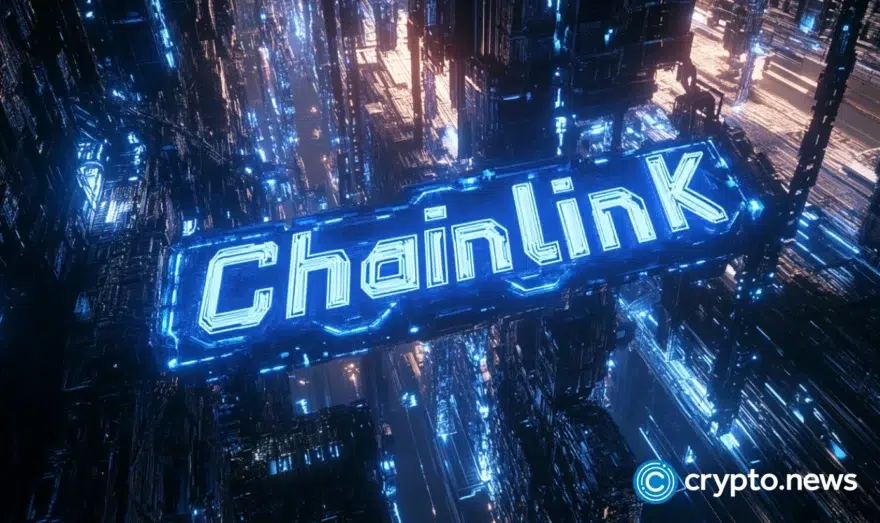Chainlink partners with GLEIF to bring institutional-grade on-chain identity to digital assets

GLEIF and Chainlink have partnered to provide a trusted on-chain solution for verifying the legal identities behind digital assets and smart contracts.
- GLEIF and Chainlink will combine vLEI with Chainlink’s CCID and ACE to provide automated, verifiable, and privacy-preserving identity verification for digital assets and smart contracts.
- The solution enables asset issuers, stablecoin providers, and financial institutions to meet global regulatory standards, verify counterparties, and secure tokenized transactions at scale.
The Global Legal Entity Identifier Foundation (GLEIF) and Chainlink (LINK) have announced a strategic partnership to develop an institutional-grade identity solution for the blockchain industry. The initiative combines GLEIF’s verifiable Legal Entity Identifier (vLEI) with Chainlink’s Cross-Chain Identity (CCID) infrastructure and Automated Compliance Engine (ACE) to provide verifiable, compliant, and privacy-preserving identity verification for digital asset transactions.
The solution embeds verifiable identity information directly into on-chain assets and smart contracts. This allows institutions and tokenization platforms to automatically verify the origin of assets, enforce compliance policies, and maintain control of assets even in the event of compromised cryptographic keys.
“I think their [GLEIF’s] widely used identity standard will also become widely used in the onchain finance world,” said Sergey Nazarov, Co-Founder of Chainlink.
What Chainlink-GLEIF partnership means for tokenized finance
The partnership unlocks several groundbreaking capabilities for tokenized finance. Most notably, asset issuers and smart contract applications can seamlessly comply with regulations across multiple jurisdictions, including Europe’s MiCA, the U.S. FDTA, and FATF standards. Stablecoin issuers can now prove their legal identity directly at the contract level, providing transparency for regulators, markets, and users while preventing fraudulent imitations.
Other use cases include enabling custodians and VASPs to verify counterparties in line with FATF Travel Rule requirements without exposing sensitive customer data, allowing banks and asset managers to issue tokenized assets with verifiable provenance, and giving enterprises the ability to restore control over compromised contracts using role-based recovery mechanisms.
“Leveraging the LEI and vLEI, this turns duplicative and manual compliance checks into automated, on-chain workflows. The result is greater efficiency, reliability, and scalability for digital assets compliance,” said Alexandre Kech, CEO of GLEIF.
The announcement comes on the heels of another major move by Chainlink. The company recently integrated its execution layer, the Chainlink Runtime Environment (CRE), with the global financial messaging network SWIFT, enabling banks to trigger on-chain transactions using their existing infrastructure.
Buoyed by these developments, LINK price is up 4% in the past 24 hours, currently trading at $22.13, as it attempts to reclaim the recently broken ascending trendline as support.














